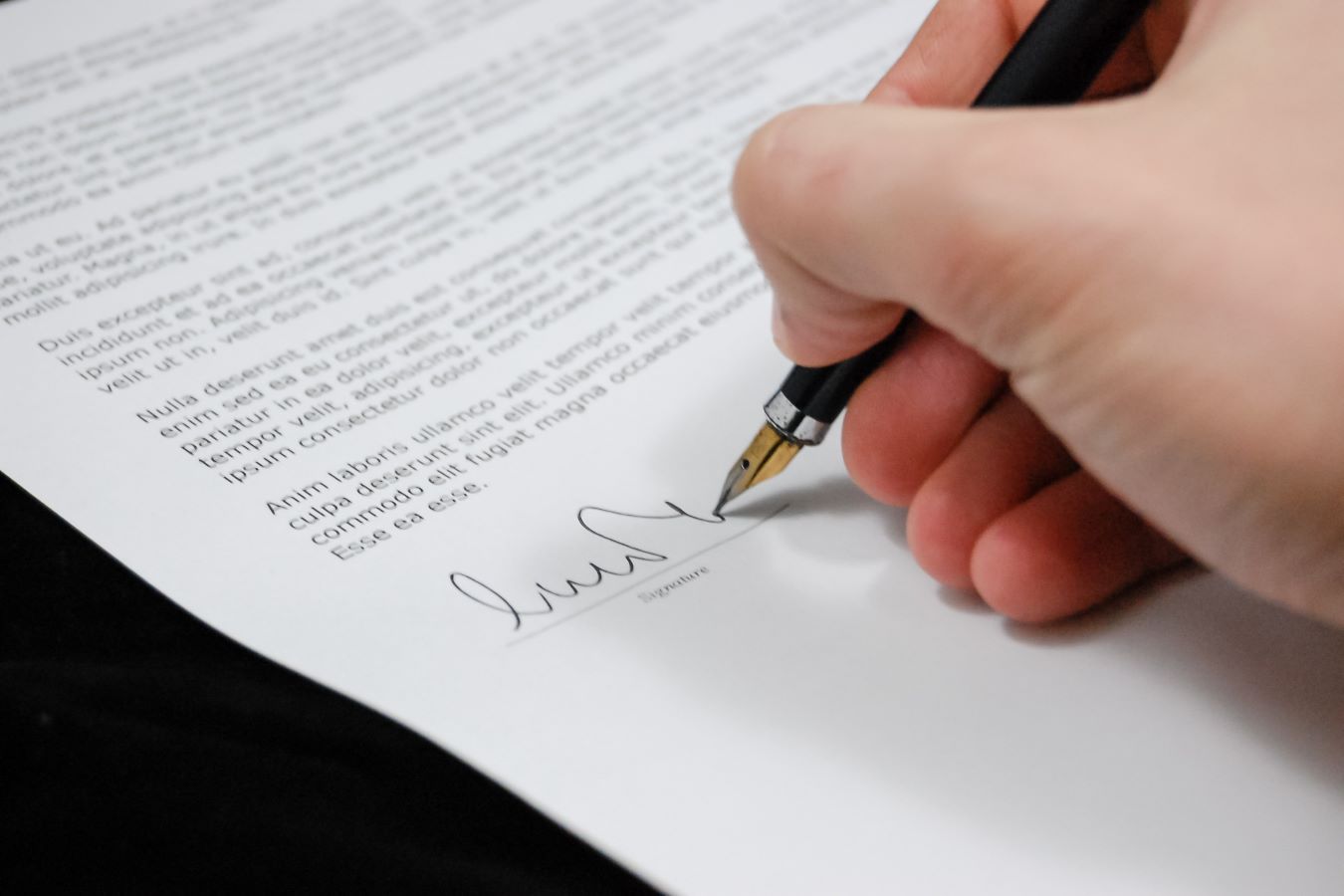Most buyers will not get serious about a business until they have at least viewed the Accountant’s Section of the Form 2.
If you have not heard of a Form 2 or you’re not sure what it is, let alone if you need one, don’t worry you are not alone!
In short, a Form 2 is the Vendor’s legal declaration to the Purchaser and is required under Section 8 of the Land and Business (Sale and Conveyancing) Act 1994. This is a South Australian Act so it is only required for businesses being sold in SA with a sale price of $300,000 or below (excluding stock). A completed Form 2 contains a large amount of current and historical information about the business and serves a number of purposes for all parties.
When broken down the Form 2 has a number of sections; the most commonly known part is made up of the pages which are prepared by the Vendor’s Accountant. When a buyer asks to see the Form 2, it is this section that they are actually asking for.
The first page of this section is where the Vendor’s Accountant signs to say the financial pages that follow accurately reflect the business’ financials. Next is a summary of the business’ performance, followed by the Trading Statement (financials) of the business over the last 3 financial years. A Depreciation Schedule will also be attached if the Plant & Equipment which will transfer as part of the sale retains any value. For a Form 2 to be considered current it must contain the trading figures for the last financial year.
The remainder of the Form 2 is normally completed at the same time as the Business Sale Contract as it needs to be current at the time it is served. It is commonly served around the same time as the Contract is executed.
The rest of the information provides details on the lease, staff, if there have been any breaches or notices served on the business, confirmation of excluded, and third party plant and equipment and current average weekly sales, plus any relevant attachments. This component is compiled by the Vendor’s Agent in most circumstances (where an Agent is involved), alternatively it may be prepared by the Vendor or the Vendor’s Accountant; however, as it is the Vendor’s Statement, the Vendor must check and sign to say the details provided are correct.
As a whole, the Form 2 is designed to protect buyers who maybe have not asked all the right questions or who have embarked on more of a handshake style of sale. Serving it triggers an important part of the business purchase process: the start of the purchaser’s Cooling Off period. Cooling off begins the day after the document is served and is for a period of five clear business days. The deposit for the purchase of the business is often due after cooling off.
When you sell a business, you are selling an income stream and the Form 2 is a significant document in the confirmation and verification of the income. It is the document that buyers trust and look for. Most buyers will not get serious about a business until they have at least viewed the Accountant’s Section of the Form 2. It is also the portion of the document that any third party whom a purchaser is seeking advice from will ask to view, including the bank.
I commonly get asked, “is it ok to wait until we have a serious buyer before I get my Form 2 ready?” Having the Accountant’s pages prepared in advance and ready to go is highly recommended. Selling a business is like selling anything else, you get one chance to make a first good impression on a buyer or you have lost them.
The only time we would not recommend having a Form 2 prepared early (unless you have a purchaser specifically waiting on it), is from the end of April through until the 30th June. This is because at the 30th June your Form 2 will become obsolete and your Accountant will need to prepare a new Form 2 based on the end of that financial year.
